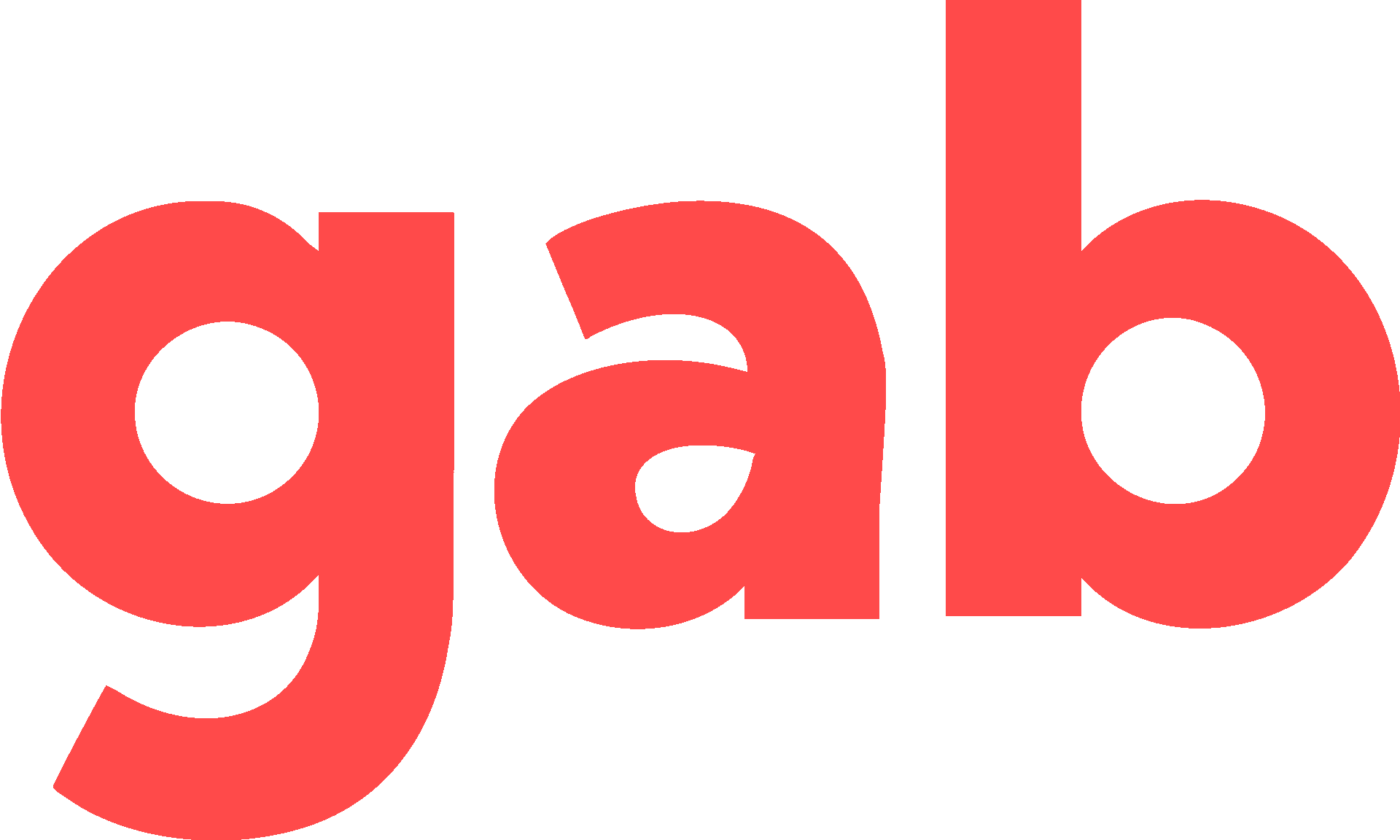Detroit, Michigan – Leaders for the striking United Auto Workers (UAW) reached promising initial agreements with all three Detroit-based automakers, sending the tentative contracts to a membership-wide vote. If ratified, organizers believe the new contracts could lead to some of the highest pay in over twenty years.
UAW members from various chapters all across the country will begin voting on these labor agreements with General Motors, Ford Motors, and Chrysler’s parent company, Stellantis, starting as early as this week. The proposed contracts have some notable features, including a 25% wage increase and reintroducing cost-of-living adjustments, and, if ratified, will end a weeks-long labor strike.
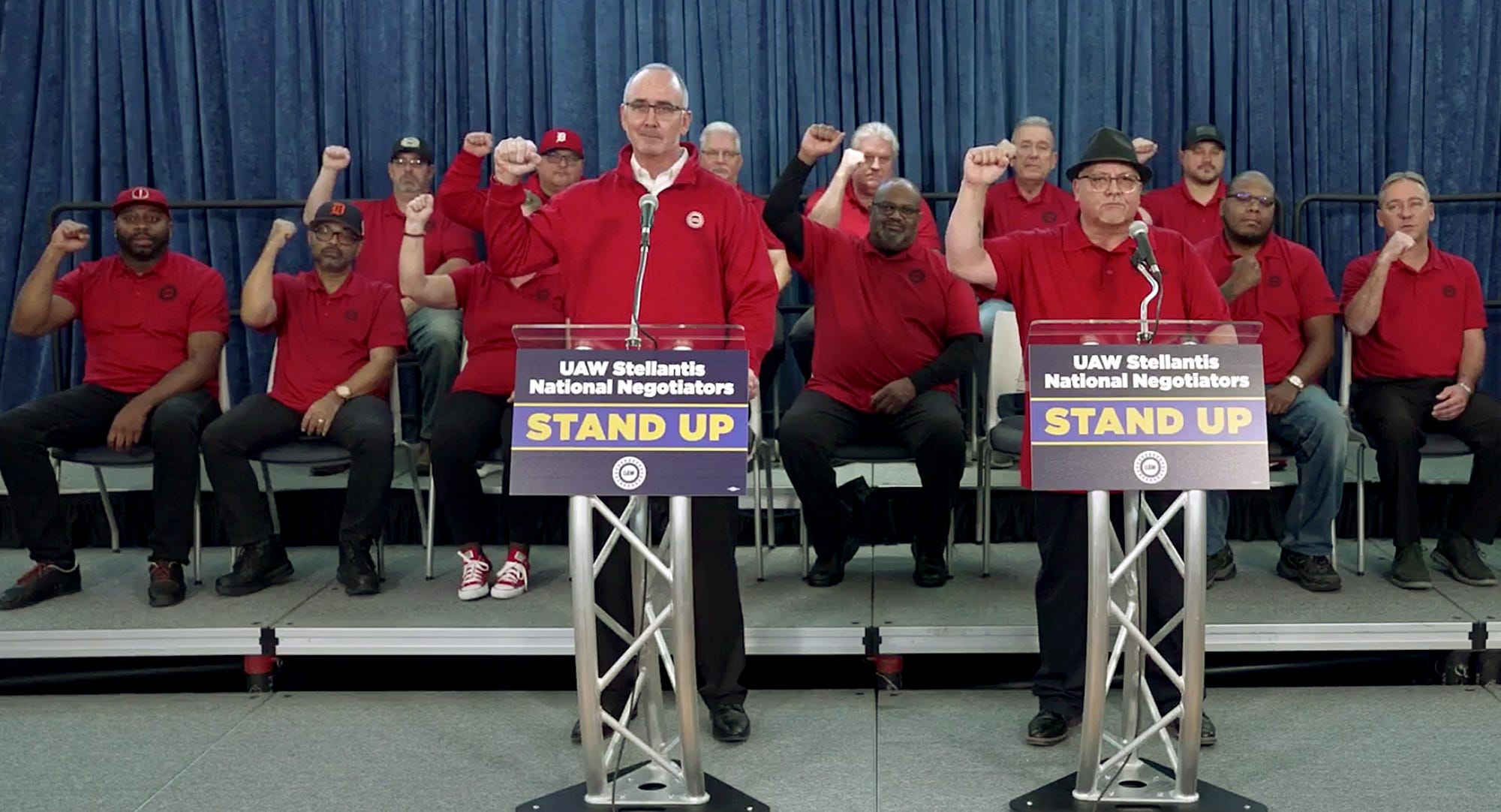
“This contract demonstrates the incredible power workers have when they’re not afraid to use it…” said Fain during an address to Ford workers. “For far too long, we were being left behind by an economy that only works for the billionaire class.”
“In the billionaire’s economy, working-class communities continue to get left behind, plants continue to close, families continue to struggle, while the CEOs and the wealthy pocket every last dime,” he continued. “This contract is about more than just economic gains for auto workers. It’s a turning point in the class war that’s been raging in this county for the last 40 years.”
Despite the promising contracts, the deal isn’t set in stone. In order to make the benefits a reality, a simple majority of workers at each company must vote in favor of them. The voting is scheduled to take place over the next few weeks at General Motors and Stellantis but has already begun at some Ford facilities.
At Ford’s Bronco factory in suburban Detroit—where workers were on strike for a grueling six weeks—an impressive 82% of the workforce voted “yes” to the proposed contract. The full results for all three companies are anticipated to be announced in the coming weeks.

UAW leadership orchestrated the agreements to ensure that, if ratified, the deals would expire on April 30, 2028. The move is seen as a symbolic gesture, meaning that the fight for the next contract would begin on May 1st—May Day—of that year. Fain hopes their pending victory will be a rising tide that floats all boats and increases wages for unaffiliated workers at Toyota, Honda, Subaru, and others.
“We need workers everywhere across this country to organize on the job,” said Fain during an address regarding the deal with GM. “Part of our strength came from all three contracts expiring at once and taking on all three companies at once.”
“That’s why we went into bargaining with Stellantis and demanded an expiration date of April 30th, 2028,” Fain said. “Our goal is to come back to the table in 2028 a much stronger union, a much louder union, and a much larger union.”

The weeks-long strike by UAW was hard fought, with some automakers resorting to dirty tactics in an attempt to break solidarity. According to reports, Stellantis had hired the notorious strike-breaking firm Huffmaster to at least five of its distribution centers. The controversial firm has been accused of assault numerous times in the past and has been involved in lawsuits stemming from alleged picket-line brutality. In addition to security, firms like Huffmaster are also in charge of ushering in non-unionized scab labor and ensuring deliveries can enter and exit facilities unopposed.
Along with strikebreaking security teams, automakers have also relied on publicized layoffs, pro-management media campaigns, and threats of increased car prices as a way to spoil public perception of the strike. But with lucrative agreements now pending with all three companies, the tactics appeared in vain.
While the UAW does not publically release the racial demographics of its members, White workers accounted for the lion’s share of the unionized auto sector, according to an analysis conducted by the left-leaning think tank, the Economic Policy Institute.
According to information released so far, UAW workers for GM appear to gain the most from the pending agreements. Upon ratification, workers will get an immediate pay raise of 11%. Going forward, they’ll get an additional 3% each year in 2024, 2025, and 2026. In 2027, that increase will bump to 5%. Additionally, it will now take just three years for an employee to reach the top pay scale, and by the time the contract expires, the starting wage for a GM worker will increase 70%, going from $18.04 to an impressive $30.60 per hour.
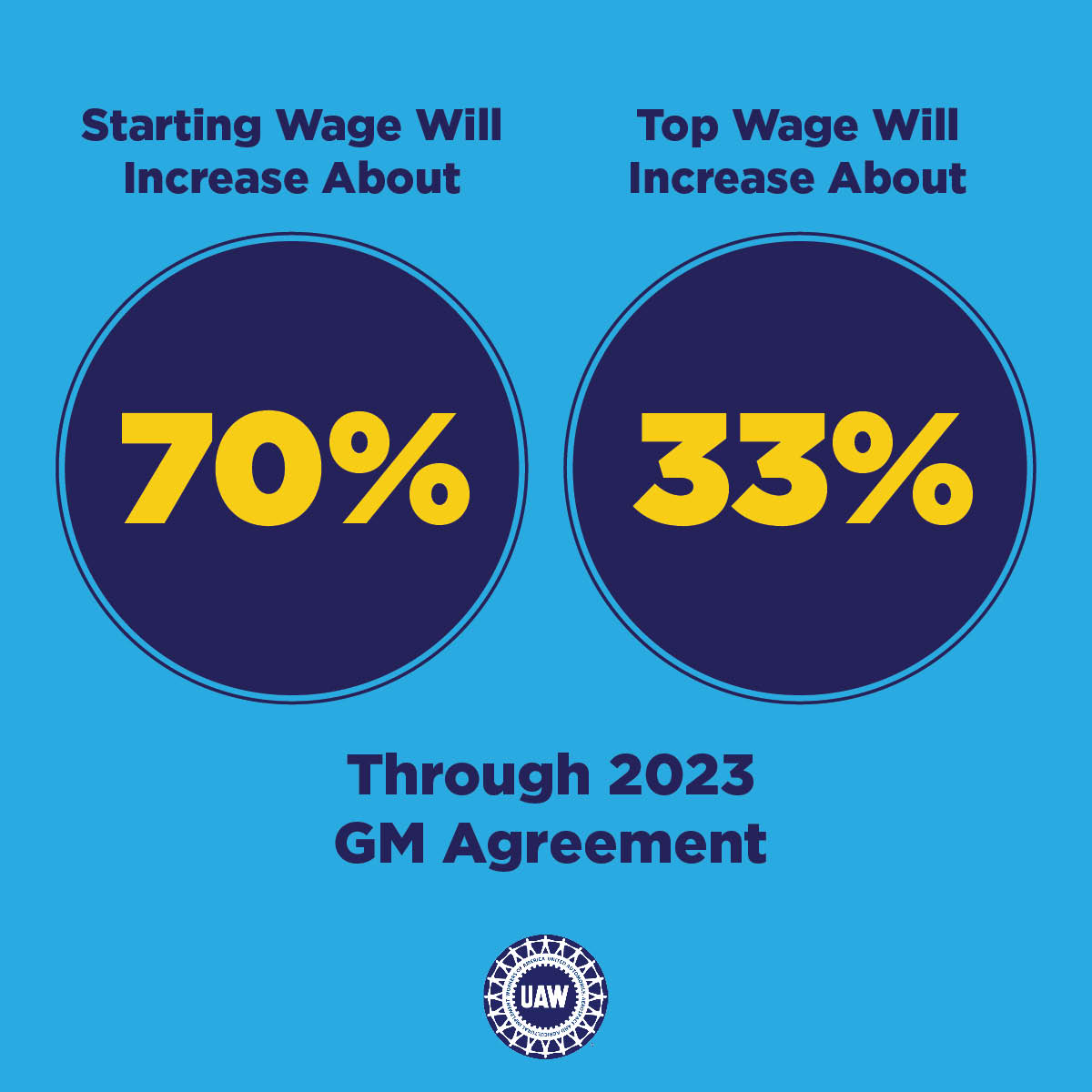
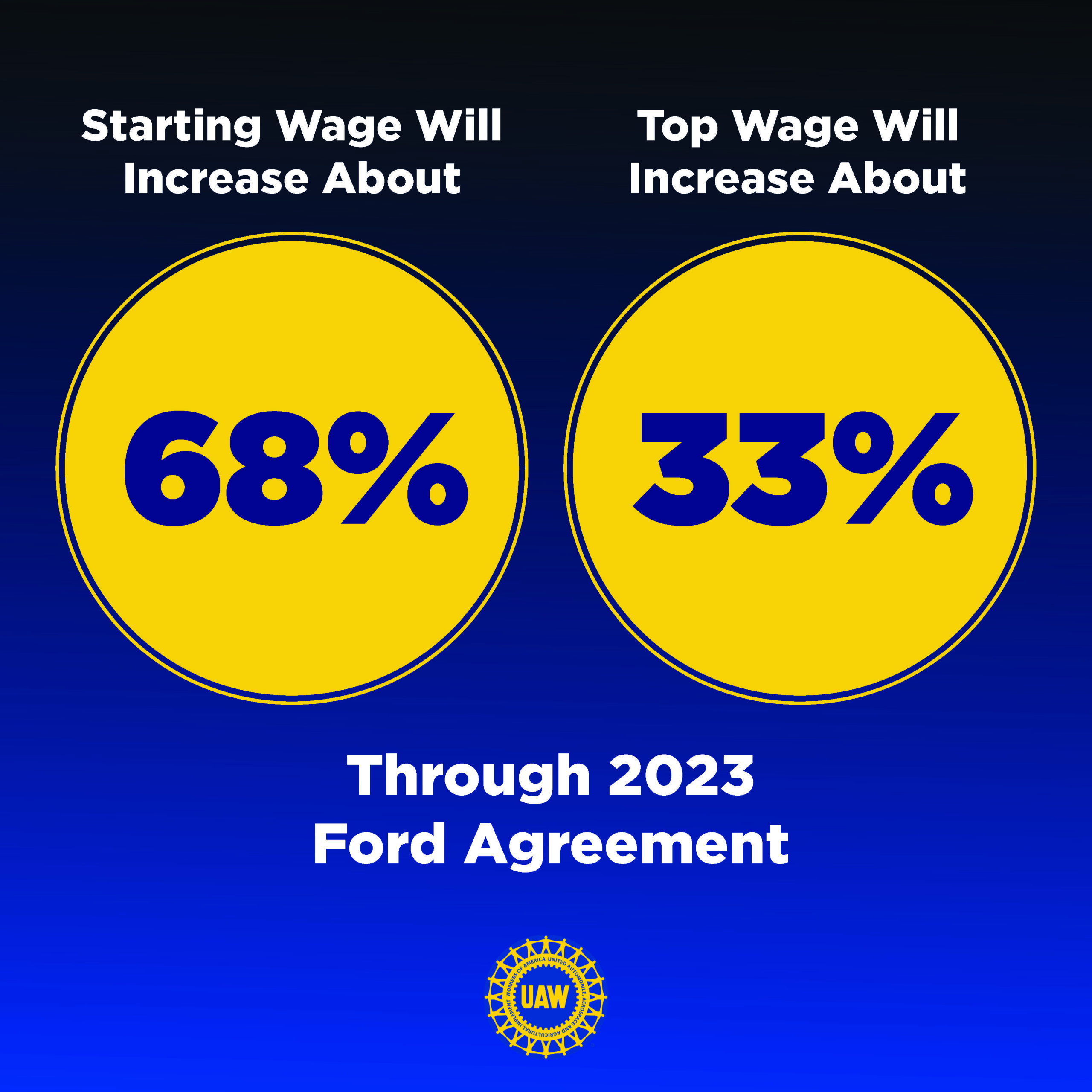
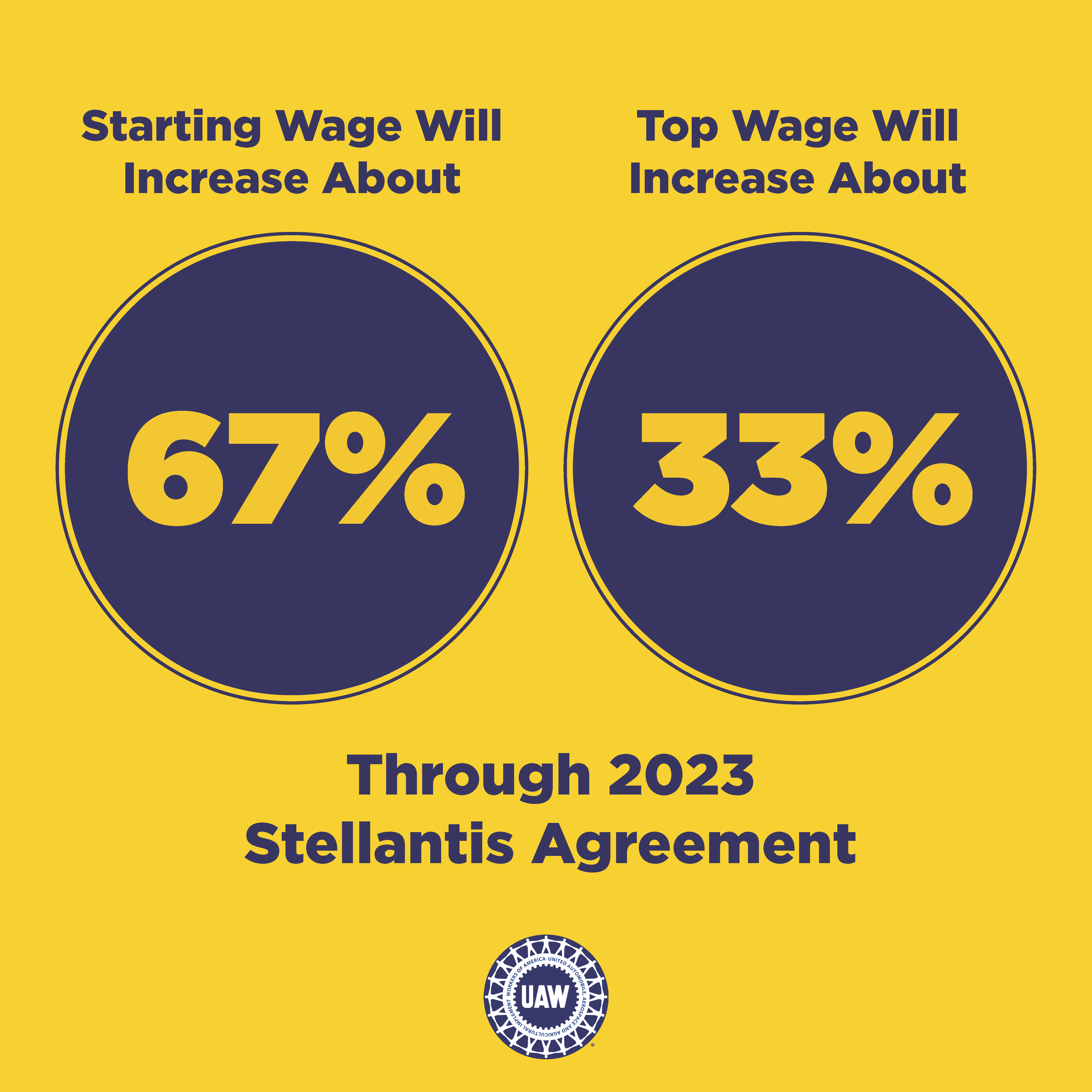
Projected UAW worker gains for each agreement. Graphics: UAW Website.
“That is huge, it’s enormous. I cannot explain to you what that meant to strikers. I spoke to three of them, they’re overwhelmed, one was in tears,” said Nick Kottalis, a UAW building chairman for a Dearborn Trucking Plant. “We feel very confident our membership is going to approve this. We’re also happy for Local 900, the Michigan Assembly Plant, they overwhelmingly approved.”
“In the billionaire’s economy, working-class communities continue to get left behind, plants continue to close, families continue to struggle, while the CEOs and the wealthy pocket every last dime… This contract is about more than just economic gains for auto workers. It’s a turning point in the class war that’s been raging in this county for the last 40 years.”
UAW President, Shawn Fain
As part of the agreements between the UAW and major Detroit car manufacturers, UAW workers who participated in strikes were promised over $100 for each day they spent picketing. This money is given to those workers who followed the union’s call to strike while contract negotiations were ongoing.
In addition to their regular weekly strike pay of $500, this extra payment wasn’t initially mentioned in the UAW’s initial announcement regarding the agreement with Ford. The news of this additional strike pay was first reported by The Wall Street Journal.
Fain, the firebrand UAW President who orchestrated the nationwide strike, led an equally vigorous campaign for all three tentative contracts. During negotiations, Fain openly criticized automotive companies—including their top executives—and framed negotiations as a “battle for the working class.” His approach was a departure from the traditional behind-closed-doors bargaining style, as he made the union’s demands public, including an initial request for a 40% wage increase and a shorter workweek with full pay.

“Rich and I are bringing this contract to you because we wholeheartedly believe we squeezed every dime possible out of the company,” said UAW President Shawn Fain in an address regarding the tentative deal with Stellantis. “…but what happens next is up to all of you. You have the final say.”
Fain and other UAW leaders are scheduled to meet with President Joseph Biden and Jewish Governor J.B. Pritzker in Belvidere, Illinois, on Thursday. The meeting is set to discuss plans to reopen a Stellantis factory the automaker previously wanted to close.
Following the agreement with the UAW, Stellantis has committed to designing a new gas-powered midsize pickup truck in Belvidere and promising to open a novel electric vehicle battery facility within the city. According to reports, this arrangement will result in the rehiring of approximately 1,200 employees at the previously dormant plant and the recruitment of an extra 1,300 workers at the battery factory.
While auto workers appear to be nearing a victory, it’s unusual to have UAW members from all three companies voting simultaneously. Historically, union leaders would negotiate with one automaker at a time, and the first tentative agreement would set a pattern for the other two companies to follow. In this case, Fain’s team decided to negotiate with all three companies at once, resulting in the agreements coming in rapid succession, starting last week.
The UAW strike made headlines when it began in mid-September. Over time, it grew to include more than 45,000 workers at picket lines outside nine assembly plants and dozens of parts distribution centers.
Have a story? Please forward any tips or leads to the editors at [email protected]













